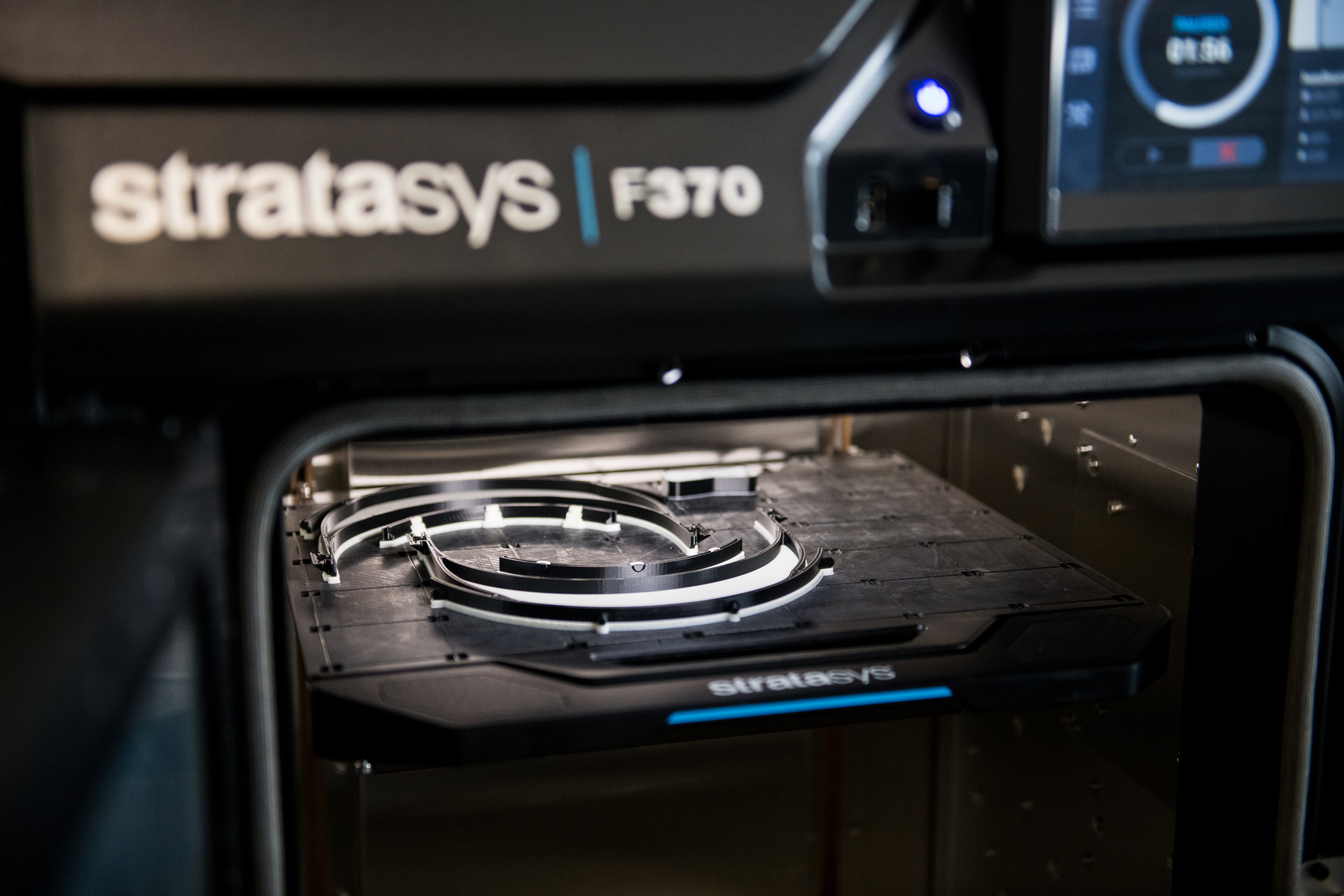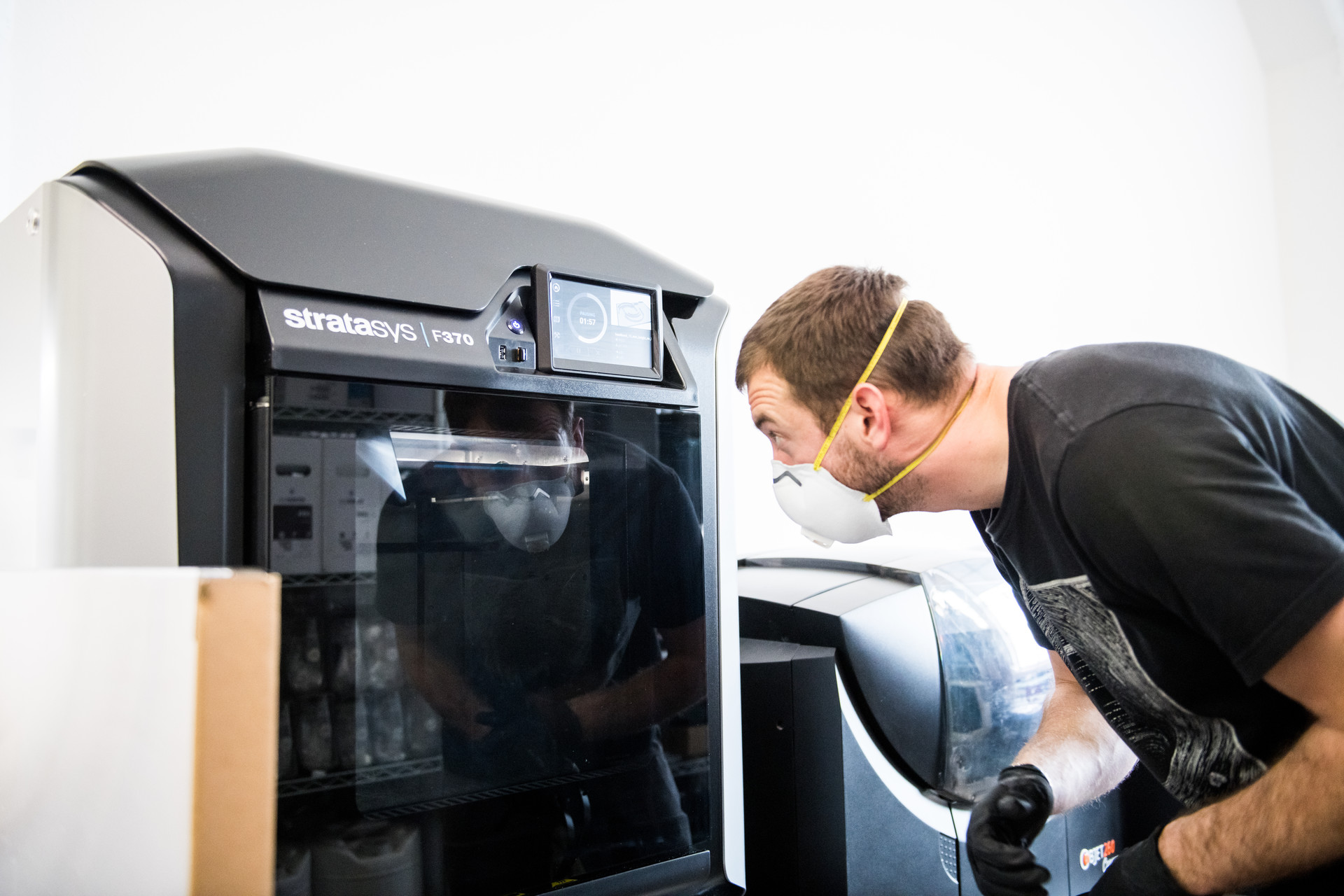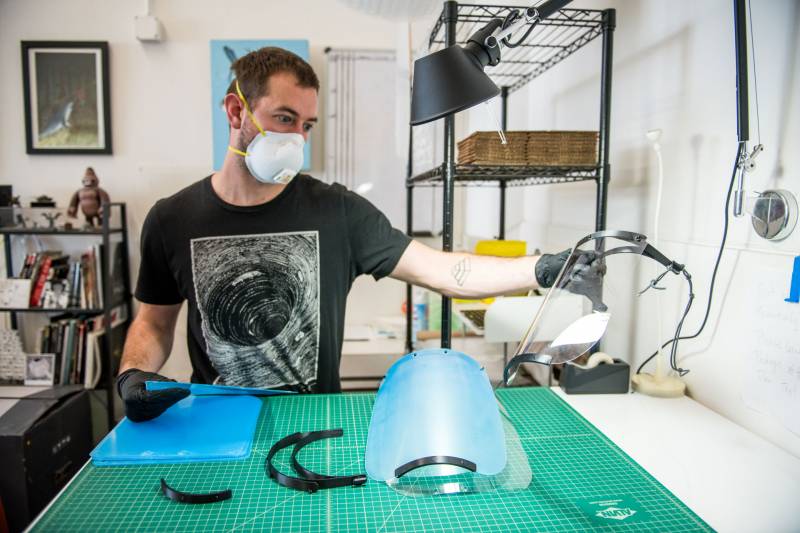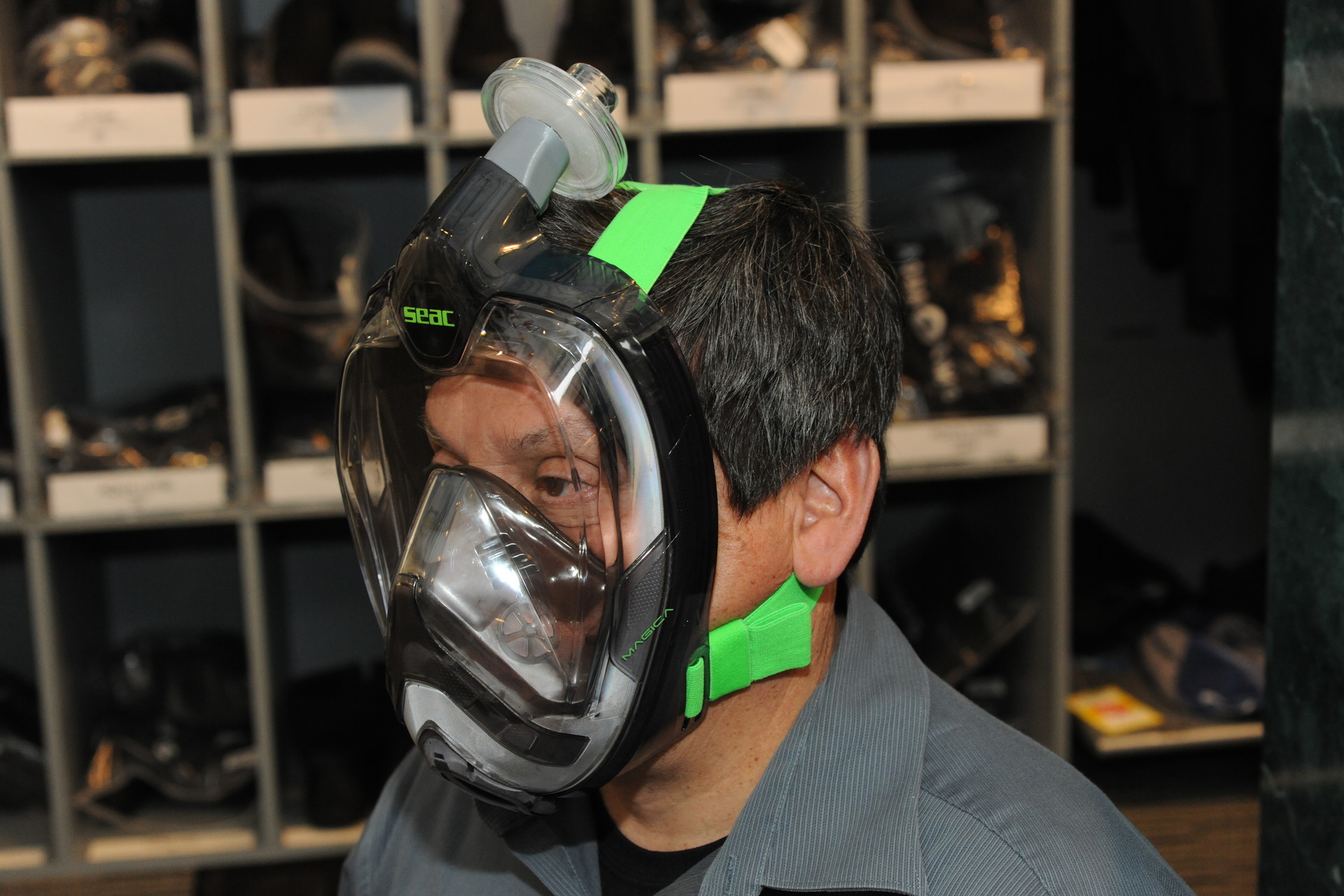Since the COVID-19 pandemic began sweeping the world, hospitals have been scrambling to acquire enough personal protective equipment (PPE) to allow workers to care for those who’ve contracted the disease, without contracting it themselves.
As traditional manufacturers struggle to produce PPE fast enough, tech companies and members of the 3D printing community have stepped up to create the supplies desperately needed by doctors and nurses.
For the uninitiated, 3D printers can create objects from a digital file by stacking layers of material on top of each other until the design is finished.
In the interest of helping out first responders, small-time manufacturers and at-home printers have been sharing open-source designs online to help meet the need for PPE. But that desire to help isn’t without limitations. Many items that hospitals need — like N95 masks or nasal swabs — have complex designs and have to go through an approvals and sterilization process before they can be shipped out to hospitals.
But some items are easier to get through the process than others, like face shields.

Jared Murnan, director of operations at San Francisco’s Moddler, a service-based 3D printing company, said he was wondering how the company could contribute to the PPE effort when officials with UCSF reached out for help.
“One of the people we talked to was almost in tears, explaining the situation and how dire it was,” said Murnan.
Since then, Murnan and his colleagues have been working with UCSF to create a face shield design that workers could use. As of April 7, the design has been approved by the hospital, and Murnan said they’re now in contact with Sutter and Kaiser to get the design approved there.
One roadblock Murnan said he and his more small-time colleagues encounter is capacity.

“Most people have … one to 10 machines. Most people don’t have a fleet bigger than that unless they’re a company that actually makes the printers themselves,” said Murnan. “And so this is going to be a collective thing. Where we’re only going to be one piece of the puzzle.”
And some large companies have stepped up to meet that need.
HP, which manufactures the HP Multi Jet Fusion 3D printer, has several 3D printing centers with capacity — more than 100 systems — in Spain, Oregon and California. To meet the global need for PPE, the company has teamed up with its partners and customers to widely manufacture it.
“Basically what we’re doing is working with partners and customers, but also internally … to come up with these designs, make them available, use our own capacity, actually reach out to some of our customers and partners and use their capacity for their local areas and provide parts to the medical industry,” said Tim Weber, HP’s global head for 3D metals.


